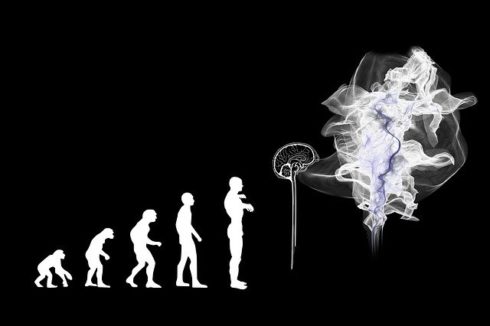
In this digital-first era, companies have accelerated the development of new services and priorities to support customer needs. A recent study by Windward Consulting shows that 64% of those surveyed are pivoting their new services or products as a result of the global pandemic, which has a direct impact on the customer experience. This rapid movement to digital services has increased the amount of data flowing into the IT team, putting extra pressure on DevOps practitioners to both maintain and improve upon the customer experience. Unfortunately, this data is simply too much for the human mind to handle. It can quickly bog down dev teams, placing their focus on operations instead of innovation.
The traditional role of DevOps has been forced into putting out fires to keep the lights on. But we’re shifting to a new way of working where practitioners can leverage automation to reduce toil and spend more time working on innovative services that provide a better overall customer experience. The DevOps culture of tomorrow looks different than today because of automation. Because there’s less ops and more AI involved in the role of DevOps, I predict the role will evolve from DevOps to what we call DevAI.
DevAI is about using AI to surface actionable information in a production environment or throughout the development and delivery pipeline. It’s for people and teams responsible for development and operations, embedded as part of the “code to customer pipeline.” This surfaces actionable information throughout the SDLC and, most importantly, prevents incidents from ever getting to production. If incidents do occur in production, the DevAI work will continue to surface the actionable information to enable automated roll backs — like code changes or configuration changes — optimizations and even modifications to correct the performance impact.
Here’s how DevOps will transform into the new DevAI and how practitioners can prepare for the shift.
Leverage observability and AI
The amount of data developers face on a daily basis is astronomical. It’s quite literally impossible for the human eye to evaluate it all and, more importantly, know how to use it to take action. Not to mention, most of it is irrelevant noise. Finding relevant information is a never-ending tunnel with no light at the end. And if practitioners spend their time sifting through data and working their way through the dark tunnel, they have no time to focus on the customer-impacting innovations that matter most.
Enter: intelligent observability. Together, observability and AI provide insight into what’s normal and what’s not. Once the normal is identified, dev teams have a better understanding of which events need action and which are simply noise filtering through the system. They have a clear success path through tangible metrics, like the time to identify an issue, the time to resolve those customer-facing issues, and average time to spin up a new service. These reflect customer satisfaction — ultimately pointing back to the business value they provide.
Improve the DevOps culture and way of working
As an industry, we’re experiencing an organizational change in the DevOps leadership model. In the past, DevOps practitioners have been told what to do by someone else who manages them. But in the shift from DevOps to DevAI, authority is distributed across the team and practitioners are empowered to self-discover new innovations with the help of automation. Because trust is distributed from the top down, practitioners are more confident to surface potential new services or fixes to current system issues to the broader team. In this fast-paced environment, businesses want their dev teams to move at lightning speed — and the only way to achieve that is by adopting technology that empowers them to do so and giving them the trust they need to find new ways of working or dream up innovative, competitive services.
As teams implement automated solutions like intelligent observability, they not only increase productivity to meet the fast-paced demands of businesses today, but they also reduce toil by automating the tedious, repetitive tasks that beat them down day after day. In turn, they can focus on innovative, rewarding tasks that make their jobs more enjoyable and rewarding.
As long as there’s software, it will always need to be improved. There will never be an end-all-be-all to prevent issues from happening, but with a little help from observability and AI, teams can unlock their true potential to shift from DevOps to DevAI. Ultimately, these teams will spend more time innovating and less time operating.






